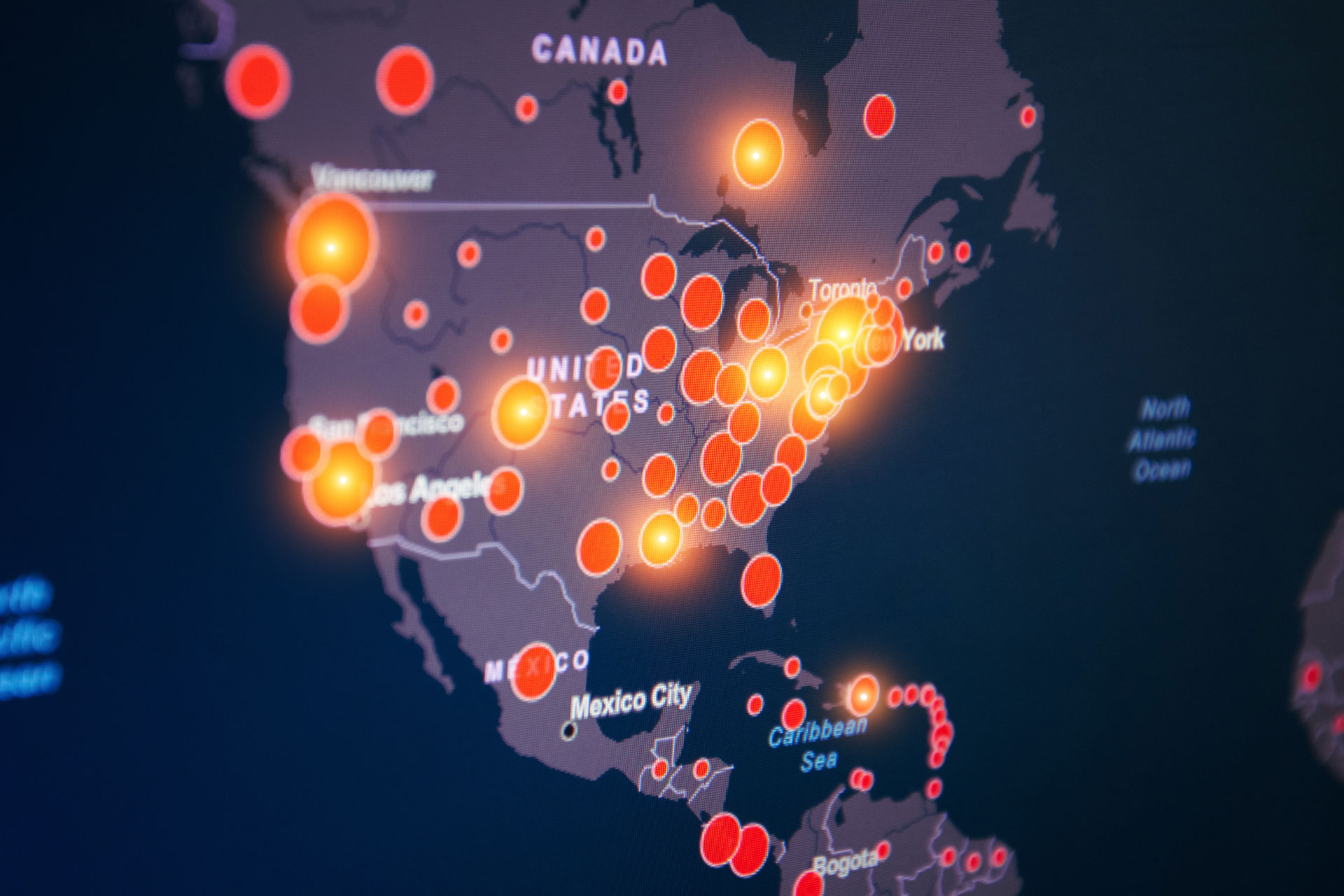Steven I. Marlowe MD FACP FIDSA Medical Director, Molecular Diagnostics
New information on transmission and the uptick in cases in our local area prompt this update.
We are learning more about asymptomatic transmission:
Up to 25% of people without symptoms may be contagious. People are contagious from 48 hours prior to (pre-symptomatic transmission) and possibly as long as 3 weeks after they are infected.
Super-spreader events have occurred in the US. These generally occur when large groups of people get together, and one or more participants are asymptomatic transmitters. One such event in a Washington state choir occurred amongst asymptomatic choir members who sanitized their hands and observed social distancing, suggesting the possibility of limited airborne spread: small invisible clouds of contagious virus that hang in the air indoors for several hours.
What are we doing as doubling times get shorter in our area?
DO LIST:
Do continue to “shelter at home”, going outside only for essentials such as food shopping, pharmacy and urgent medical appointments as directed by your local health officials.
Do wear a mask when you enter a closed public space like a supermarket. This plays a dual role: providing you some protection and preventing you from spreading the virus, if you are a carrier. A surgical mask, cloth mask, scarf, or bandana are fine. Walking outdoors without a mask, if you can insure 6ft of social distancing, is OK. (Air circulation disburses clouds of virus quickly)
In addition, if you are a high-risk individual (over 60, or immunocompromised, have diabetes, underlying lung or heart disease):
Do wear an N95 mask if you must go into a closed space. It is the only type of mask proven effective against walking through “invisible clouds of virus” in indoor spaces.
Do wipe down groceries and packages as previously described. Probably an overreaction, but better safe than sorry.
Do consider removing your clothing, placing into a washing machine without touching any surfaces, sanitizing your hands and showering if you think you came in contact with someone who may be contagious. This is what many front-line health care workers do when they get home. Remember your risk will be much lower than theirs so reserve this for an unexpected close contact with someone coughing or sneezing.
A good framework to view this outbreak boils down to three missions:
Slow It — Stop It — Treat It
Slow It, or mitigation, consists of social distancing and hand cleansing. It buys time to prevent medical system overload and deaths, like in Italy, until “stop it” measures are deployed, like S. Korea.
Stop It consists of early detection of cases by testing and case contact tracking together with strict isolation.
Treat It consists of safe and effective drug treatments followed by vaccines to deal with the next waves, which will be much less severe.
Testing, Tracing, Supportive Isolation in the absence if treatments and vaccines, we can’t get back to work safely until “stop it” measures are fully deployed, and new cases are close to zero.
Stay safe!
SM
